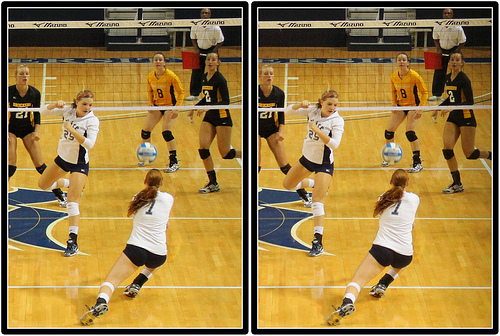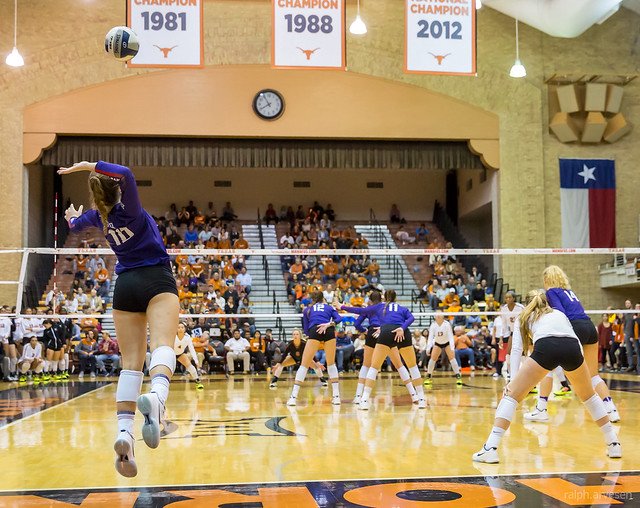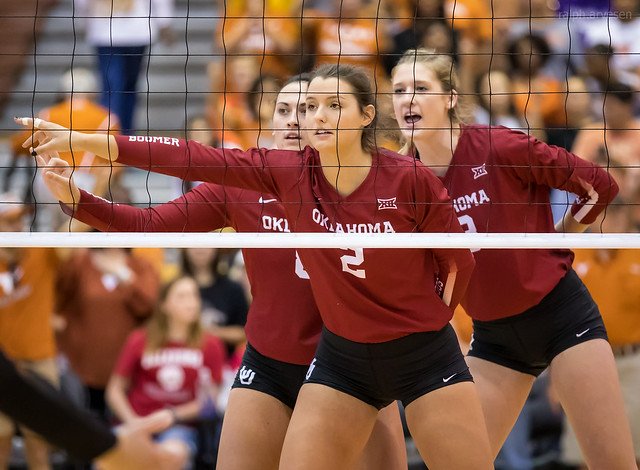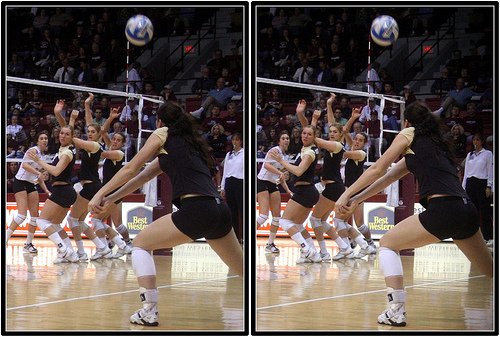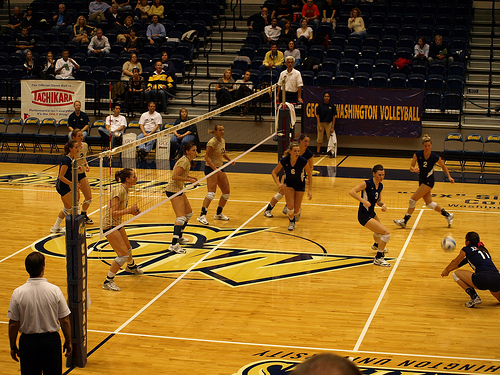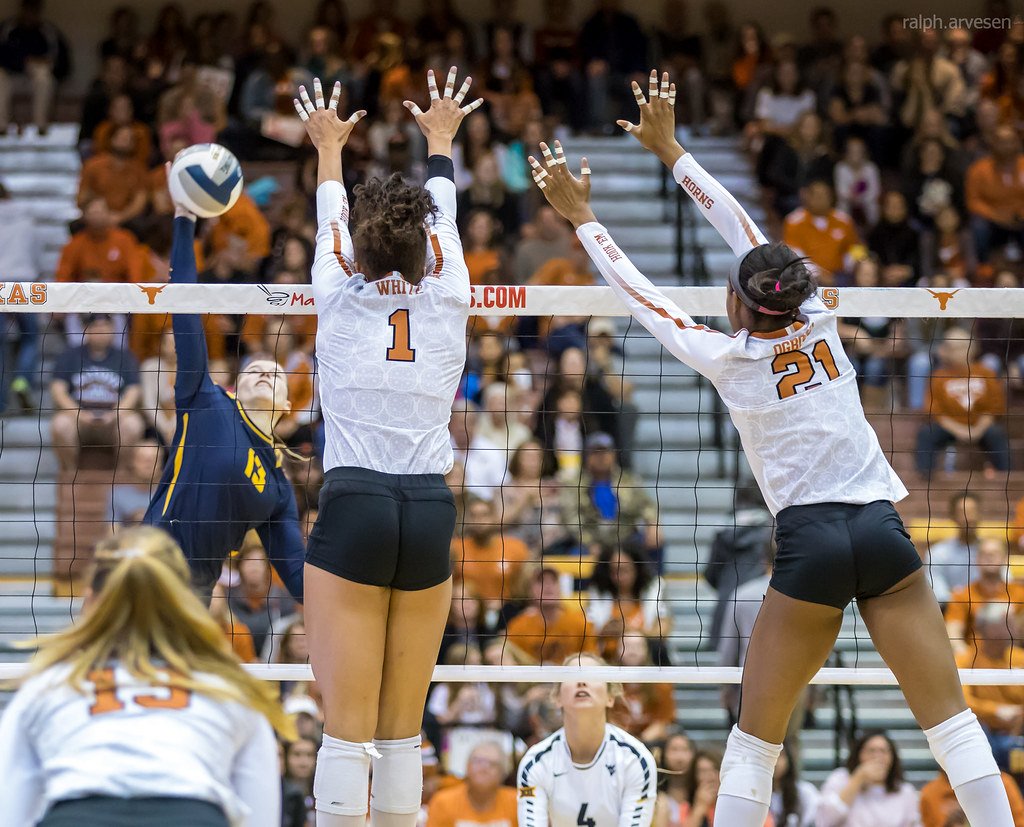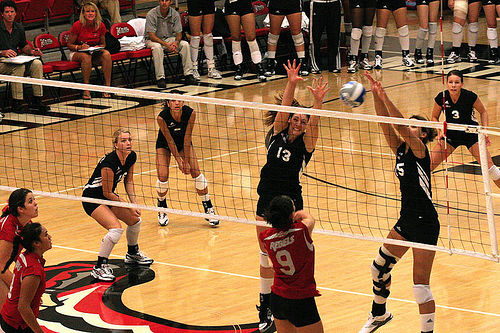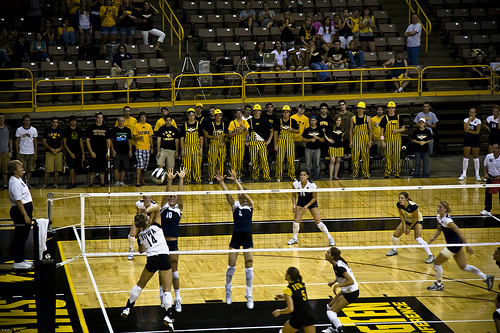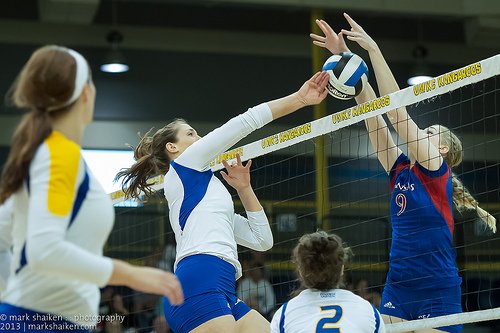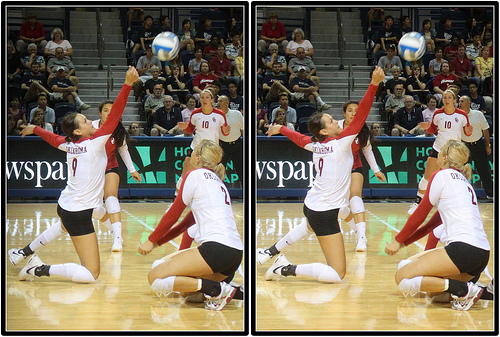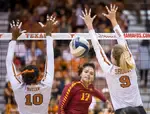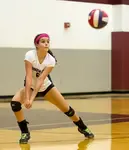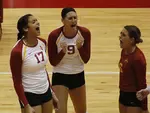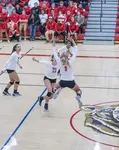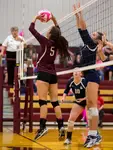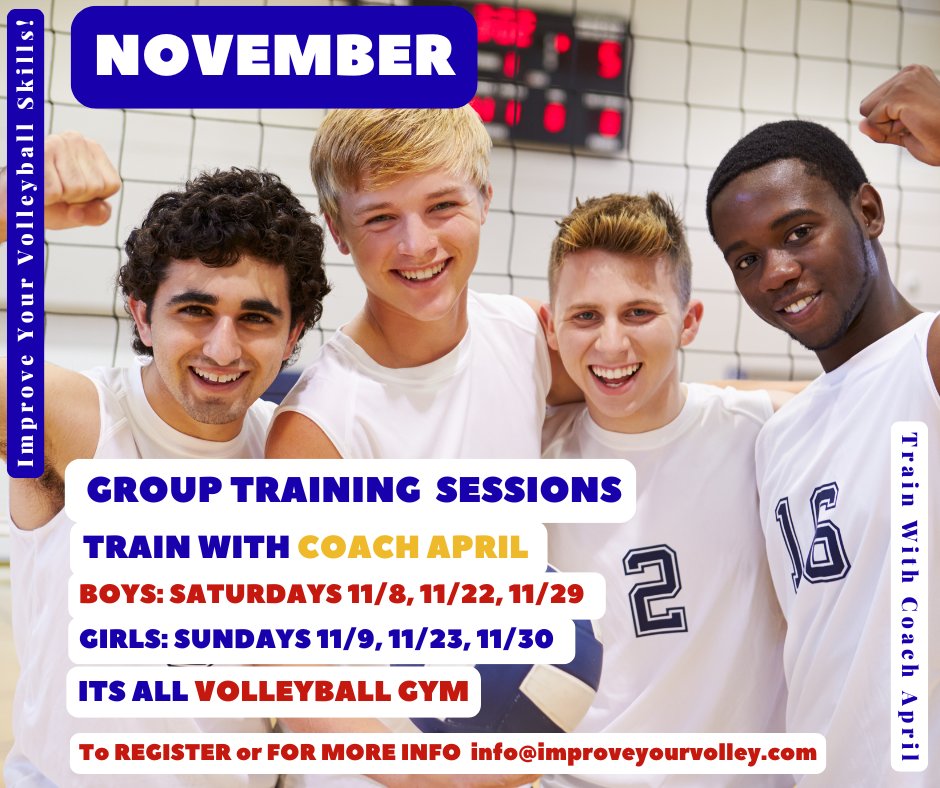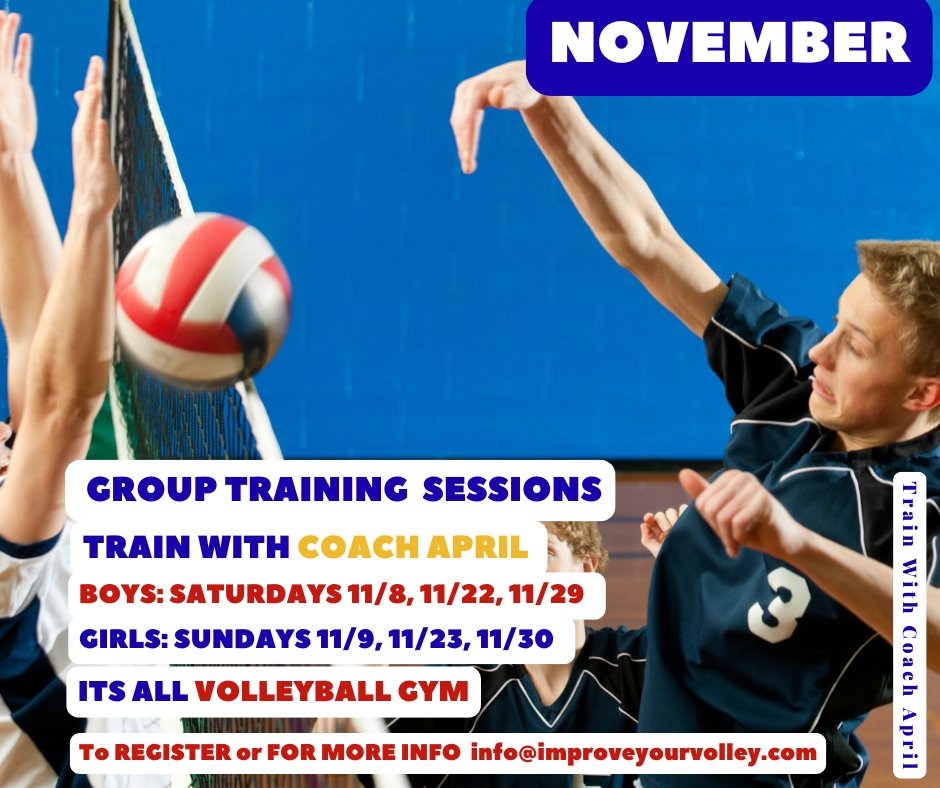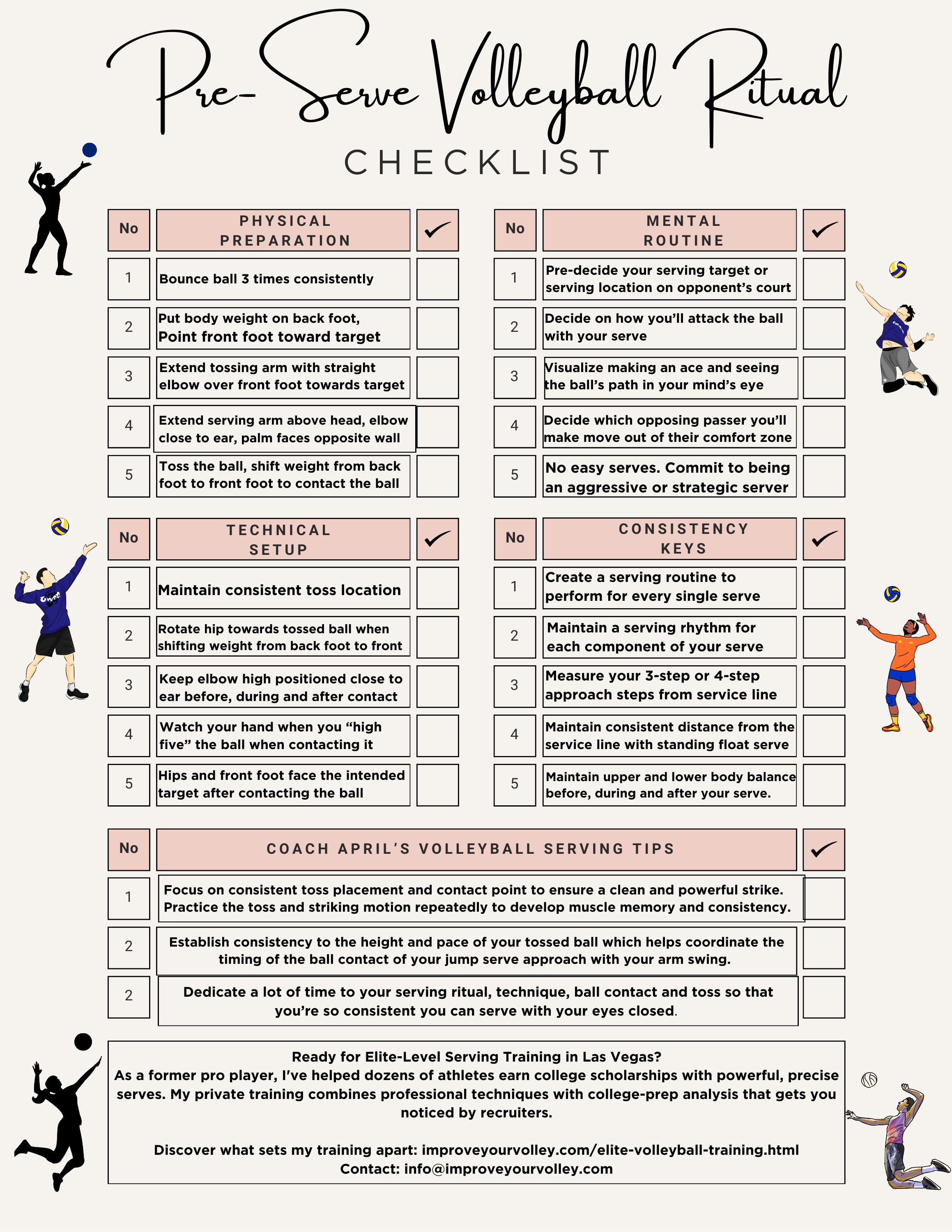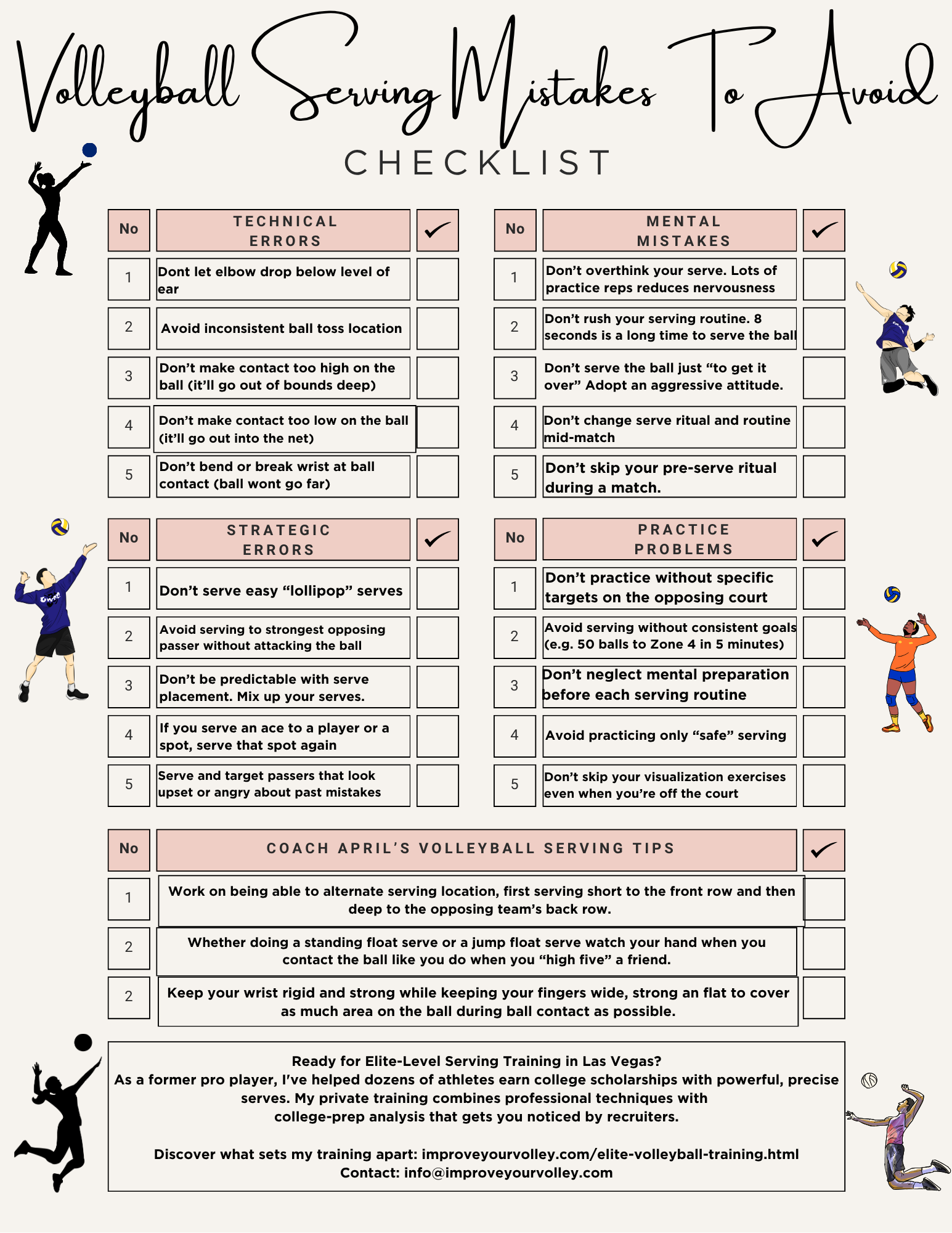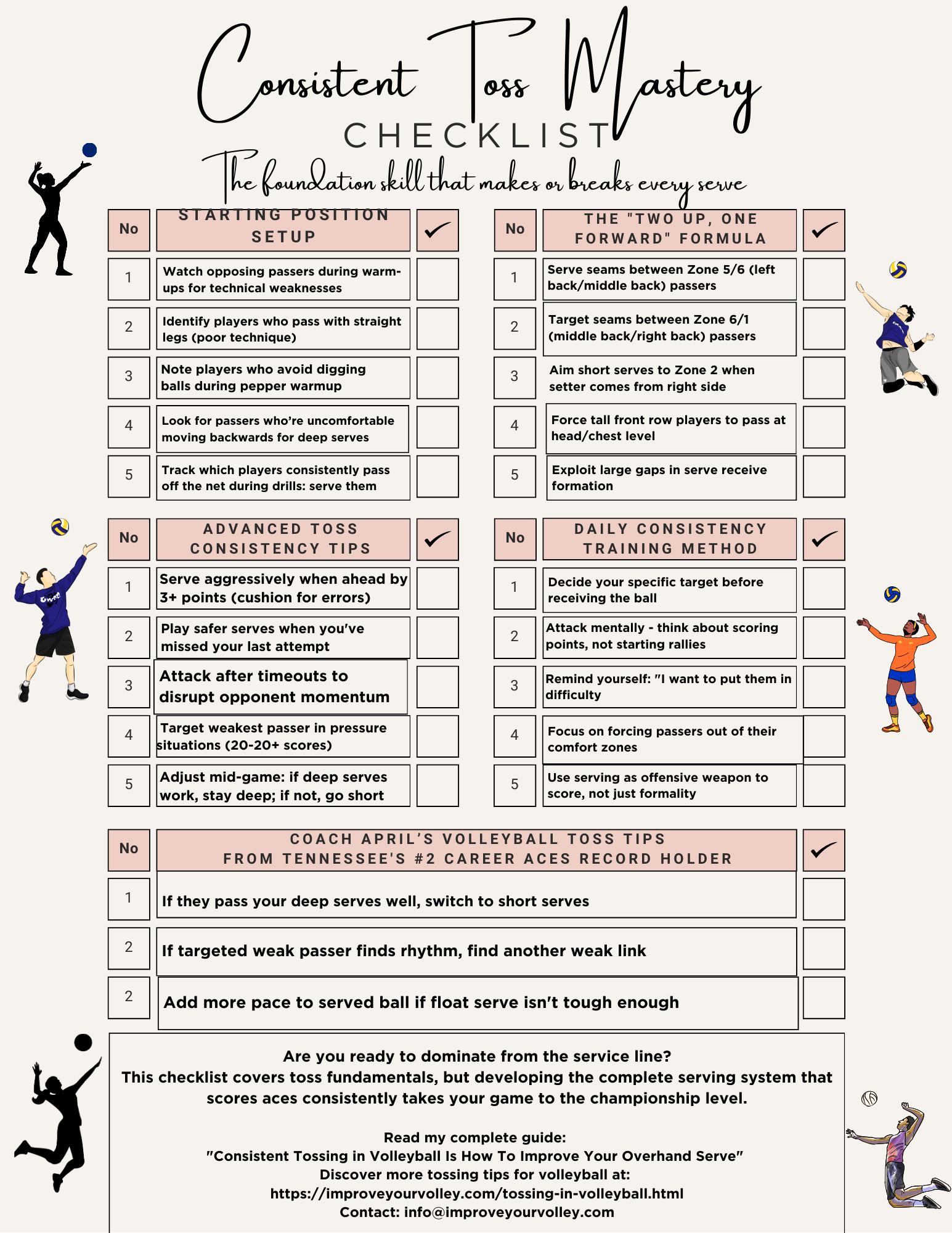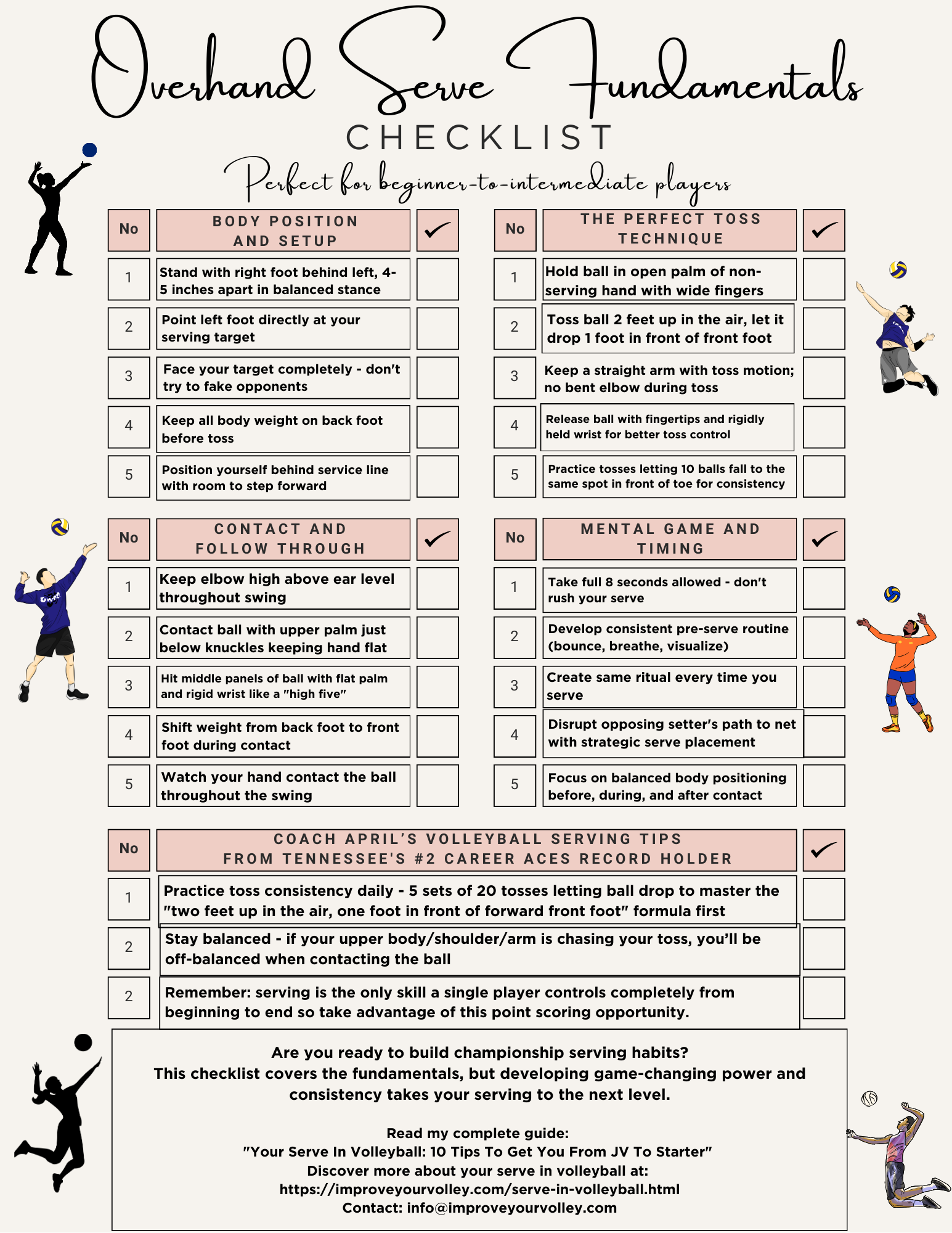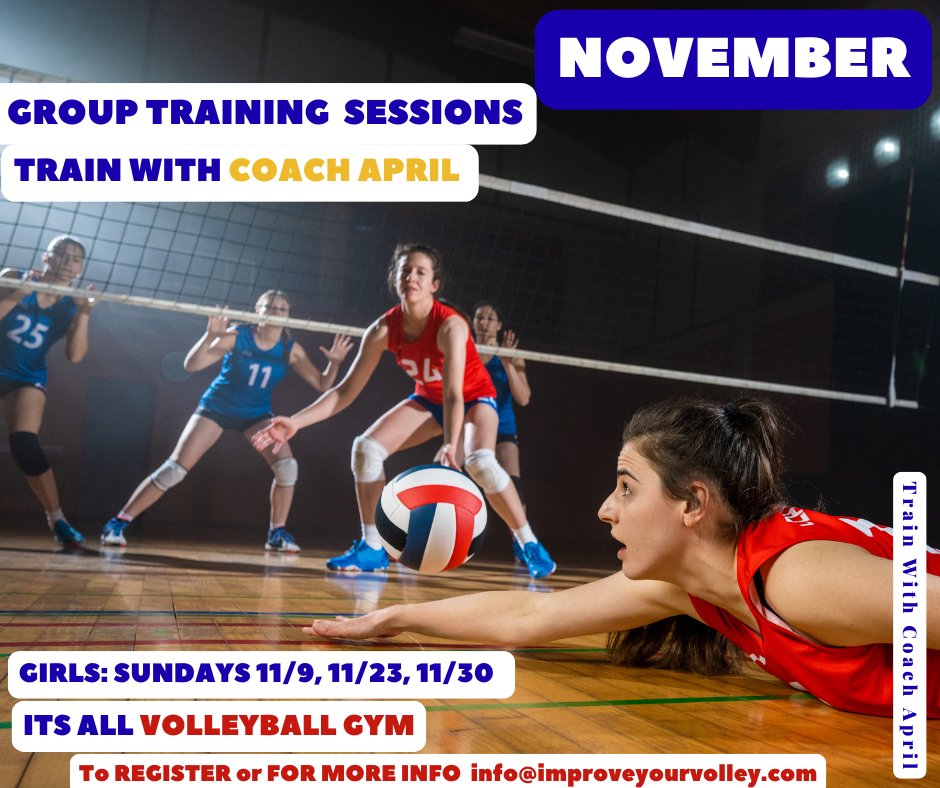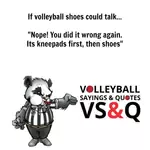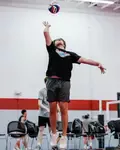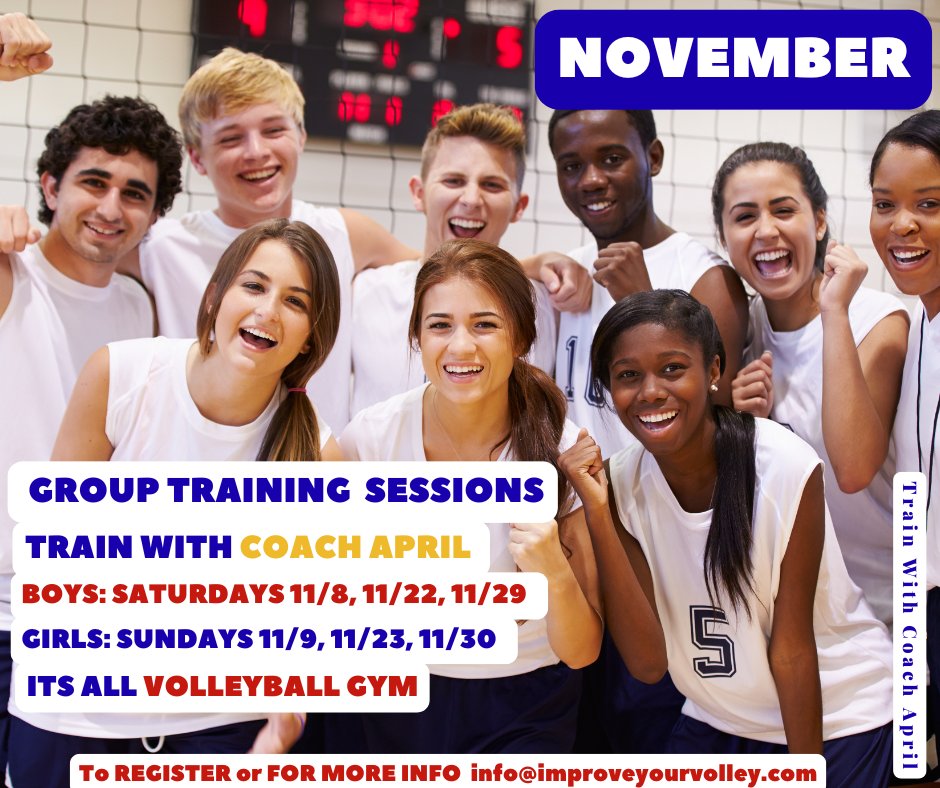 NOVEMBER Group Training with Coach April
Registration is NOW open for Group Training Sessions with me Coach April For BOYS on SATURDAYS 11/8, 11/22, 11/29
For GIRLS on SUNDAYS 11/9, 11/23, 11/30
From 10-11am at the Its All Volleyball gym.
Email: info@improveyourvolley.com to register or for more information
NOVEMBER Group Training with Coach April
Registration is NOW open for Group Training Sessions with me Coach April For BOYS on SATURDAYS 11/8, 11/22, 11/29
For GIRLS on SUNDAYS 11/9, 11/23, 11/30
From 10-11am at the Its All Volleyball gym.
Email: info@improveyourvolley.com to register or for more information- Improve Your Volleyball with Coach April
- Volleyball Plays
- Volleyball Defensive Strategies How Does Blocking and Digging Work?
Volleyball Defensive Strategies How Does Blocking and Digging Work?
Volleyball defensive strategies are used between the front row blockers whose job it is to stop an attacker and diggers dig anything that gets past the block
The block in volleyball is the first line of your team's volleyball defense when your squad has earned the right to serve the ball.
Once the ball crosses the net your players and teammates are on defense.
The three players in the front court as blockers work together with the three in the back court who's job it is to keep the ball off the floor when and if it comes past the block.
Volleyball Defensive Strategies:
Two Ways To Keep The Opposing Team From Scoring
Just so I'm clear, there are two ways to try and keep the other team from scoring a point when your team is serving the ball.
The first way is at the net where your front row players are in charge of blocking the opposing team's attempt to hit the ball into your team's court.
The second way this happens is if the opposing team has successfully hit the ball past your block and into your court.
This example is illustrated perfectly in the picture of the volleyball player below who's digging a ball after the opposing hitter was successful in getting the ball past the triple block put up by the digger's front row players.
When playing defense, the ultimate goal of the defensive team is to
- first keep the ball off their floor
- second run an offensive play in an attempt to score a point
Volleyball Defensive Strategies
How Blocking and Digging Work Together
A team in defense has blockers that take one area at the net while diggers plant themselves in the back court outside of the area that the block takes.
What a point! #NCAAVB pic.twitter.com/l3jZYkuRtx
— NCAA Volleyball (@NCAAVolleyball) December 8, 2017
In the video above the serving team (in white) is on defense. The team receiving the serve is in serve receive. Once the serve crosses the net, the defensive team's three blockers wait at the net to try and stop the ball from coming into their court.
If the ball gets past the blockers, then the players in the back row play volleyball defense by digging the ball into the air to keep it off the ground.
If they do, the team has two more contacts, for a total of three, to get the ball to one of their hitters and attack the ball back over the net.
When the blockers take away a certain area of the court, the diggers should systematically cover the other parts of the court.
This way most of the open spaces on the court are covered in team defense, making it harder for the opposing team to hit the ball to an open space.
Basically if the front row players can't do their job successfully by putting up a good block then its the back row's player responsibility to keep the ball off the floor.
The front row players spend hours in blocking practice drills so that they can work in tandem with their back row players, so that everyone knows where to be, what to do and when to do it.
Learning how and where to time your jump when you block in volleyball is important because when the blockers are consistent with their movements and placement in the front row, then the players in defense behind them know exactly where they need to place themselves in the back court.
In order to effectively do this, the front row blockers have to know where to be when they have a hitter who hits in a particular direction, let's say cross court.
They have to be disciplined enough to set up in the correct spot consistently so that their back row players know what they are doing and know where to set up behind them for each and every play and for each and every possible scenario that the offensive team might try against them.
That's why it's crucial for in volleyball defense for blockers to have good technique against different hitters who spike different kinds of sets, at different speeds, at different locations along the net.
This is what helps many top defensive teams win points.
Basic Volleyball
Defensive Strategies
This is a basic explanation of volleyball defensive strategies.
Individual volleyball defense skills like
are important for a player to be good at, especially if you play all six positions for your team during a match.
As players learn more about the game, then they learn more advanced volleyball defense strategy like
- digging the seam of the block
- playing more advanced defense systems like
- rotational defense
- perimeter defense
- man up defense
- man-back defense
All these things are a part of learning how to adopt your team's volleyball defense strategies.
Conclusion
Defensive strategies in volleyball, specifically blocking and digging, are critical elements that determine the outcome of any game.
Understanding how these techniques work together and perfecting their implementation can set a strong defensive foundation for your team.
From ensuring suitable placement on the front row for blockers to clear communication and collaboration between players, a successful defensive strategy requires a considerate approach with disciplined execution.
If your team can master these strategies and adapt to the dynamics of each unique game, you will not only keep more balls off the floor but also set your team up for more effective offense, pushing you a step closer to victory.
The role of each player is pivotal, ranging from the blockers at the net to the diggers in the back court - everyone plays a part in protecting the team’s court from the opponent's attack hits.
Key Takeaways
1. Blocking and digging:
The two primary elements of volleyball defense. Blockers prevent the ball from entering their court while diggers cover the areas blockers don't and keep the ball off the floor.
2. Blockers and diggers work in tandem.
Blockers station themselves in specific areas at the net. Diggers adjust their positions based on the blockers' locations.
3. Effective communication
Direct communication between blockers and diggers is vital for covering open spaces on the court. It makes the defense stronger and more synchronized.
4. The importance of consistent blocking.
Keeping a consistent block helps the backcourt players set up effective defense. They can trust their blockers and position themselves appropriately based on the blocker's actions.
5. Continued learning and practice.
As players progress, more advanced volleyball defense strategies such as rotational defense, perimeter defense, man up defense, and man-back defense can be adopted.
Remember, a good defense often translates to a good offense. So, keep honing your defensive skills and strategies for better game performance.
Do You Follow Me on Pinterest?
Follow me on Pinterest Volleybragswag to improve your game even faster!
I share alot of individual, partner and easy-to-do volleyball serving drills we do in class with my followers.
Many of these volleyball practice drills you can do at home by yourself or try at your next practice with your teammates.
If you're a B team or JV player trying to make varsity next year...your goal should be to complete 1000 reps a day of at least three of the basic skills on your own...volleyball passing, serving and setting should be at the top of the list.
Volleyball Defensive Strategies:
Where To Go From Here
Alright, alright, alright! Time to study something something. You still have those three options:
- Let's learn more about defense strategy for blocking, digging and how to defend your court by exploring the Related Links below.
- Or you can choose the suggested reading on our Sitemap page Learning How To Play (Sitemap)
- Or visit the pages in the Volleyball Strategy section in the drop down menu at the top of the page to get started.
If your athlete struggles with consistent serve receive, gets subbed out, or is overlooked for playing time—this is the fix you’ve been looking for.

Struggling with passing consistency?
I help talented passers tired of getting pulled from games because of inconsistent serve receive skills BUILD passing confidence without expensive private lessons using the same 3-step system that's helped dozens of my athletes get recruited.
Download my eBook for $17.99 and start building the passing confidence that keeps you on the court—and gets you seen by college coaches.
From Lady Vol to Legend: Coach April Produces Powerful Passionate Players...is that you?
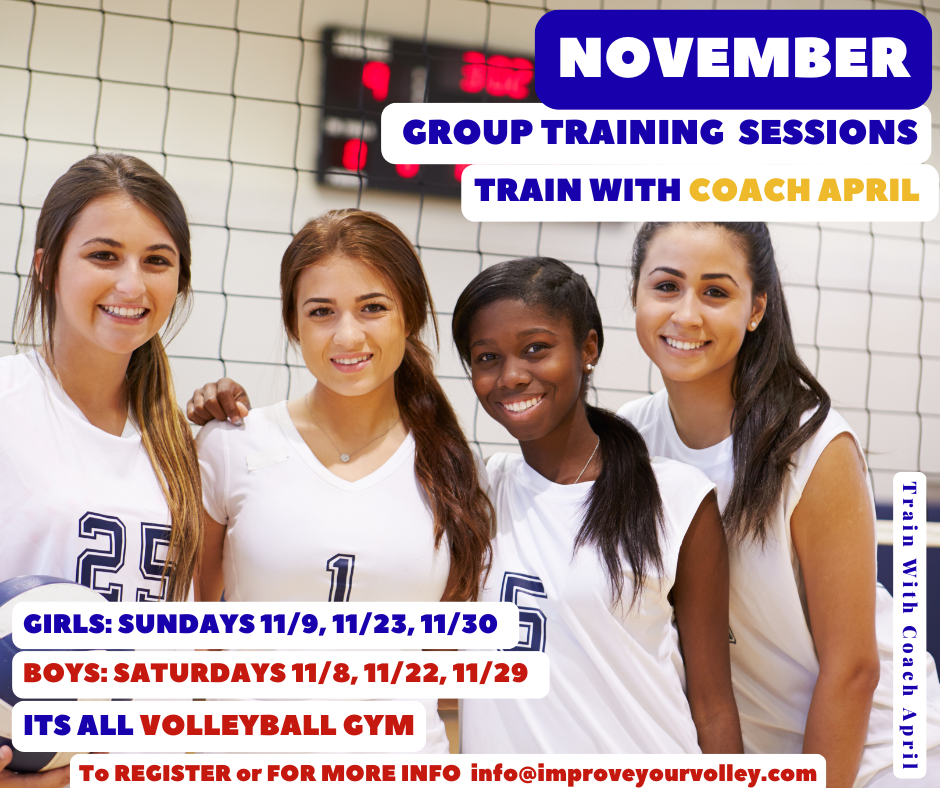
What Are You Looking For?
Click to Download Your Pre Serving Ritual Mastery Checklist pdf:
🎯Volleyball Pre Serving Ritual Guide -
Players! Learn How To Transform Your Serve from Weak to Weapon
Click to Download Your Parent's Volleyball Serving Checklist pdf
🎯Parent's Volleyball Serving Checklist Guide
Parents! Help Your Player Develop Championship Serves (Even If You've Never Played)

Hi there!
Thanks for stopping by. Hope you learned something today that will help you reach your volleyball goals.
Be sure to subscribe to my email newsletter so you can learn more each week!
Stay strong! Stay motivated!
-Coach April

SUSCRIBE to my email newsletter below!

 Click to learn more about the weekly volleyball classes and clinics or email info@imrpoveyourvolley.com for information
Click to learn more about the weekly volleyball classes and clinics or email info@imrpoveyourvolley.com for informationCongratulations to my seven Boys-18s Vegas Volley club players who played in two state championship finals yesterday, the 3A and 5A State champinship finals at Sunrise Mountain High School.
TOURNAMENT CHAMPIONS!
A-1 Vegas Volley VBC
In It To Win It Tournament
May 2 - 4, 2025 Tournament
Gold Medalists
18s Premier Division
Vegas Volleyball's Unsung Heroes: Celebrating Moms with Peace Love Volleyball Shirts
Ready to energize your volleyball mom journey?
Subscribe to my 'Producing Powerful Passionate Peaceful Players' email list above on ImproveYourVolley.com.
You'll receive energy-boosting tips, exclusive insights from me, Coach April Chapple on maintaining momentum in volleyball.
Let's power up the Vegas volleyball scene together!
Recent Articles
-
Are the Mizuno Volleyball Knee-pads The Best Volleyball Kneepads?
Nov 23, 25 12:33 AM
Elite coach with pro experience reviews Mizuno volleyball knee-pads with position-specific T-10 Plus and LR6 breakdown. Your definitive 2026 kneepad preview. -
Mizuno Knee pads Which Knee pads Are Best For Volleyball Club Players?
Nov 22, 25 08:34 PM
Here's my review of the Mizuno knee pads so you can make a comparison between which ones have the best type of knee coverage you're looking for on the court. -
The Volleyball Jump Serve Serving Harder To Score Aces On Varsity
Nov 20, 25 05:31 PM
The volleyball jump serve used on high school varsity volleyball teams is either a jump float or a jump topspin done with a spike approach before the swing.
